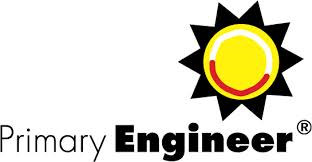Meet the Engineer with Primary Engineer.
A series of 6 glow meets between the 4th of September and the 23rd of October 10am until 11am
 Scottish Engineering Special Leaders Award
Scottish Engineering Special Leaders Award
With Primary Engineer and the Leaders Award for STEM.
Ask your pupils the question ‘What would you do if you could be an engineer in Scotland?’ to help them formulate their answer we have a series of Glow Meets interviews with engineers and a Glasgow based solicitor who can tell you how to protect your ideas!
For the third year in a row Education Scotland supports this award as an exciting and relevant way for students from primary and secondary schools in Scotland can discover more about the impact and diversity of engineering, alongside paths and routes into this amazing career.
The list of all the dates and speakers is shown below and their bios can be found on the leaders award website http://leadersaward.com/index.php/corporate/glow-meets
4th September – Philip Hannay – Cloch Solicitors (Patents Solicitor)
11th of September – Craig Goldie – Director Sweitelsky
25th of September – Gordon Masterton – Vice President Jacobs Engineering
2nd of October – Tom Sreeves – Director of Manufacturing Aggreko
9th of October – Douglas Anderson – Founder and CEO OPTOS – this will not be an interactive presentation and will be recorded and uploaded to the Education Scotland website Technologies pages
23rd of October – Emma Henderson – Senior Engineer Expro Group
If you would like to sign up for the glow meets please visit the GLow TV listings https://portal.glowscotland.org.uk/establishments/nationalsite/GlowTV/default.aspx
The Leaders Award for STEM website holds resources such as lesson plans for primary and secondary schools, links to resources from The Scottish Engineering Hall of Fame and award winning engineering companies from across Scotland through Scottish Engineering.
Entry deadlines are the 12th February 2014 with awards being presented in Glasgow alongside a public exhibition in March 2015.










